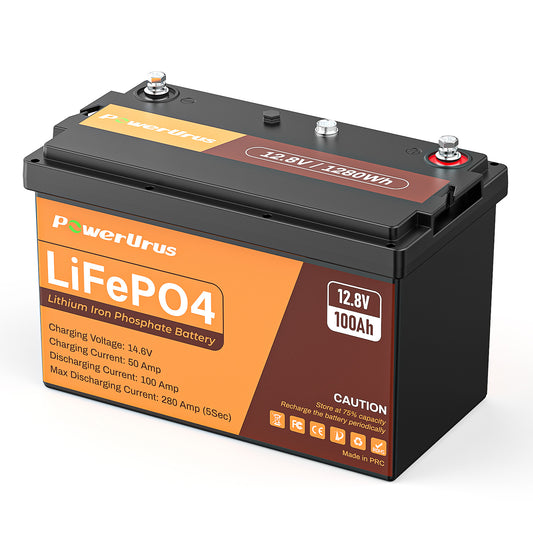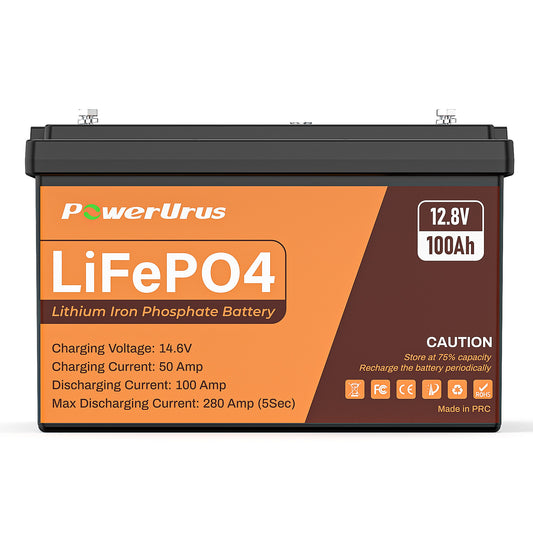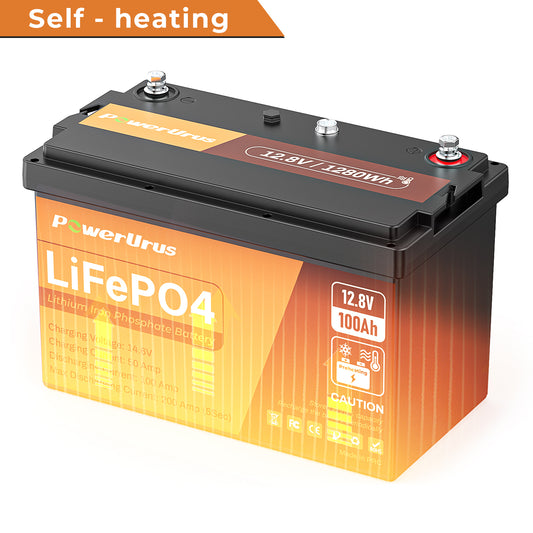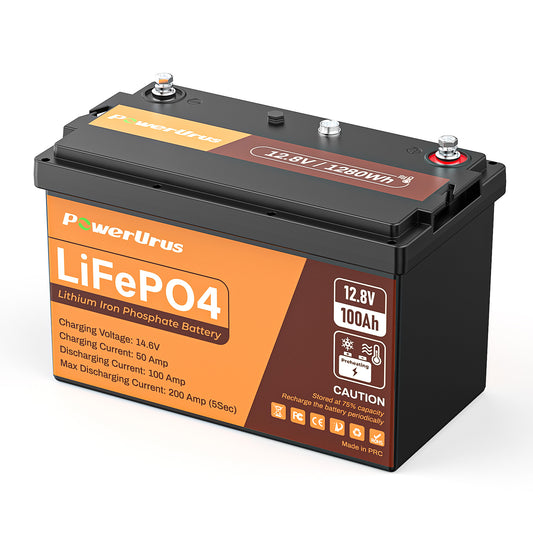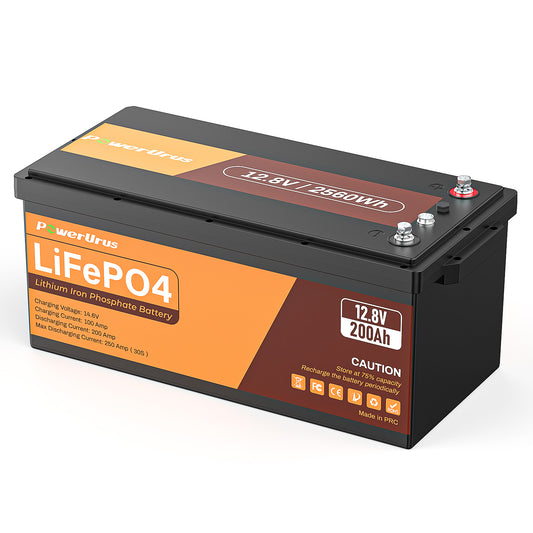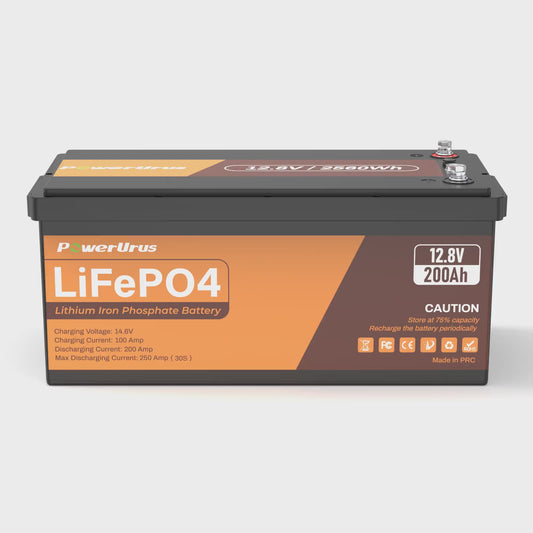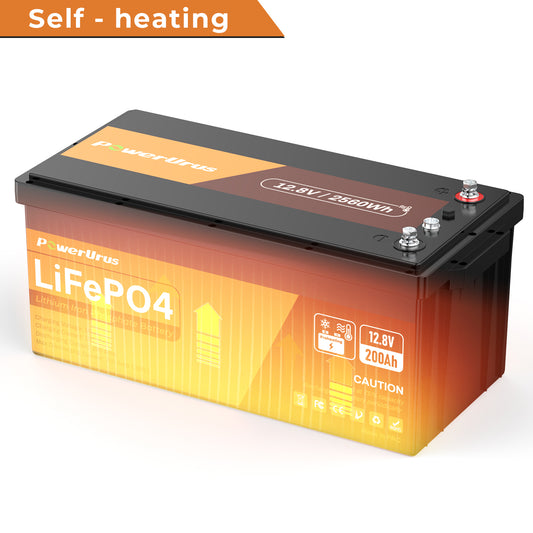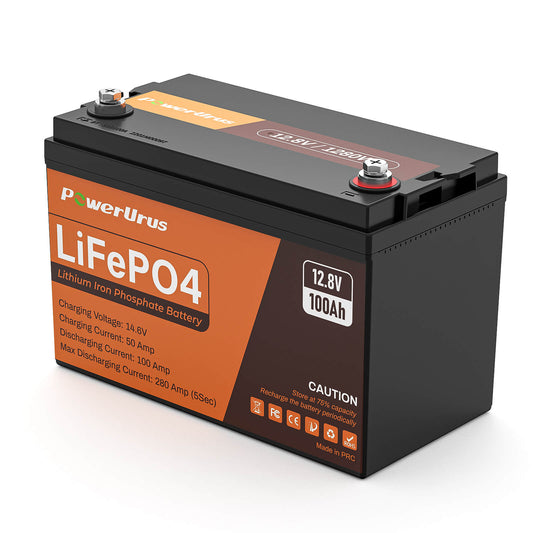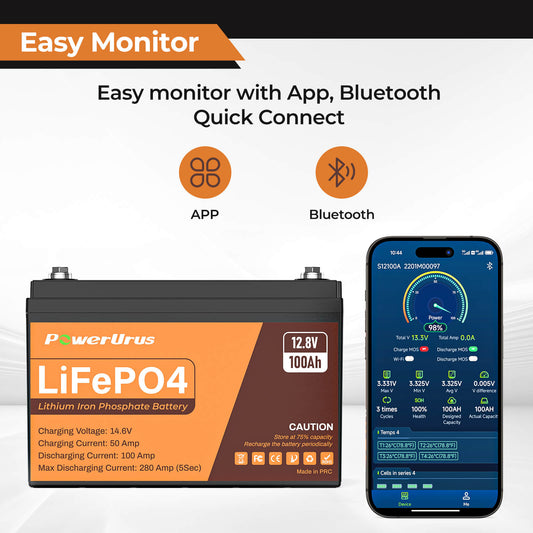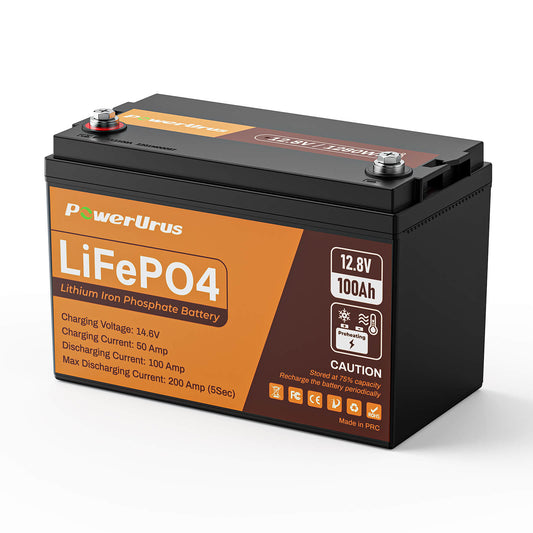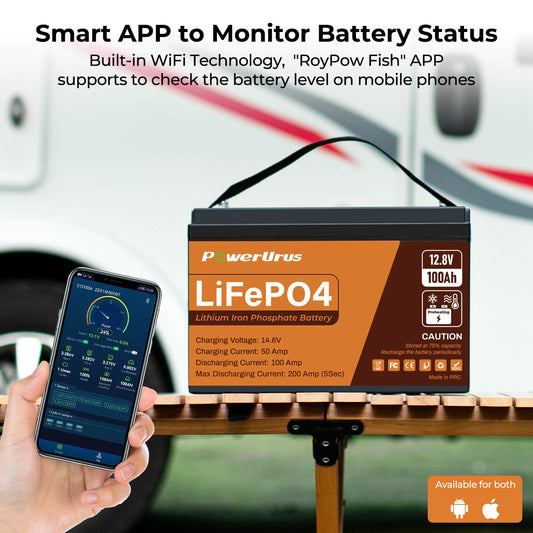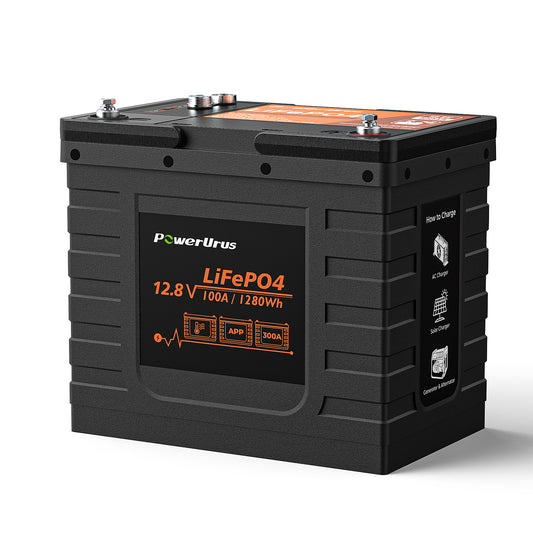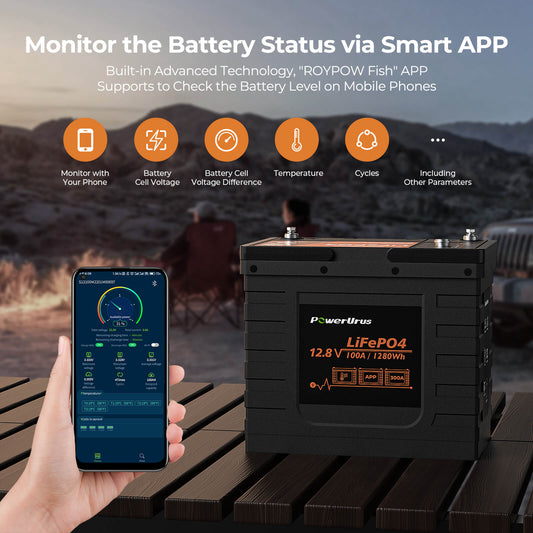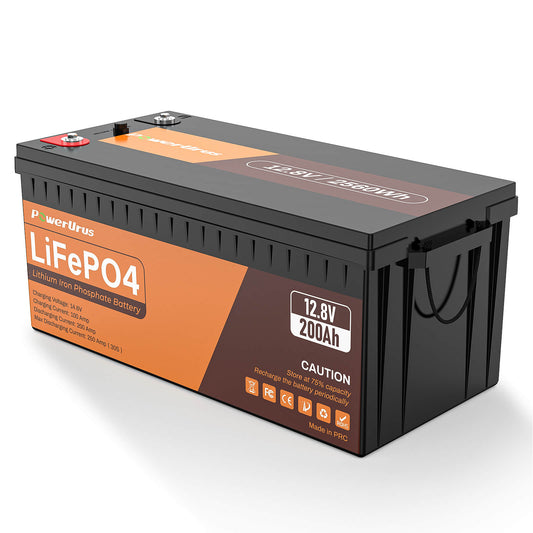Is It Better to Wire RV Batteries in Series or Parallel?
When powering your RV, choosing between wiring batteries in series or parallel depends on your energy needs and system compatibility. Here's what you need to know:
Series Connections link batteries to increase voltage while maintaining the same capacity (Ah). For example, two 12V 100Ah batteries in series create 24V but remain 100Ah. This suits RVs with high-voltage inverters or motors, though most RVs operate on 12V systems. Series setups require compatible chargers and inverters, and imbalances between batteries can reduce efficiency.
Parallel Connections combine batteries to boost capacity while keeping voltage stable. Two 12V 100Ah batteries in parallel yield 12V and 200Ah, extending runtime for lights, appliances, and devices—ideal for off-grid adventures. Parallel wiring is simpler for most RVs since they rely on 12V systems, and it mitigates the impact of a weak battery by balancing the load. However, thick cables are needed to handle higher current.
Verdict: For most RV owners, parallel wiring is preferable. It aligns with standard 12V setups and prioritizes longer-lasting power over voltage boosts. Series configurations are niche, reserved for custom high-voltage upgrades. Always match your wiring choice to your RV's electrical system and ensure batteries are identical in type, age, and capacity to avoid performance issues.
Whether you're camping off-grid or road-tripping, understanding your energy needs ensures you stay powered without surprises!

